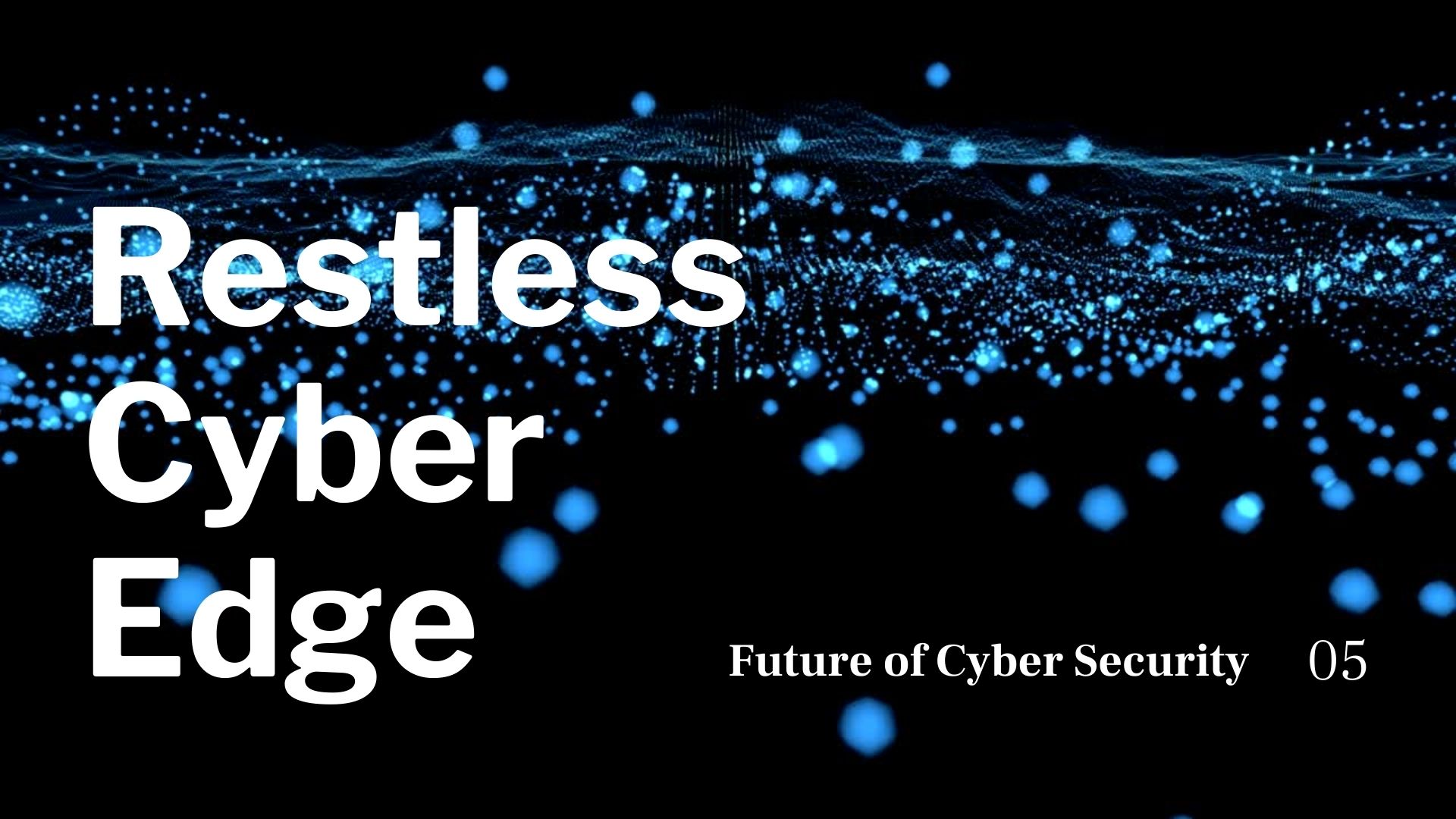DDoS Attack Prevention: Identify, Mitigate & Defend
May 1, 2023, 6 min read
Protecting web applications and server infrastructures from distributed denial of service attacks is no longer an option for businesses that maintain an online presence. The proliferation of distributed denial of service (DDoS) attacks services has effectively decreased the threshold for individuals capable of carrying out an attack, turning every web entity into a possible victim. DDoS Attack Prevention is vital to being a cyber-safe for many companies.
In addition to causing harm to pre-existing customer relationships, a successful distributed denial of service assault has a detrimental influence on an organization’s reputation. For major corporations, significant financial losses can amount to as much as $40,000 every hour.
Damages in the tens of thousands of dollars can be inflicted on more manageable organizations; however, prolonged and unchecked attacks can bring an enterprise to its knees. So, how to prevent DDoS attacks, and how long does a DDOS attack last?
What is a DDoS Attack?
An attempt to bring down a network, service, or, server by a deluge of fake traffic is known as a DDoS (Distributed Denial of Service) cyberattack. The unexpected influx of data slows down or crashes the target system because its infrastructure can’t handle the number of messages, connection requests, or packets.
While cybercriminals sometimes employ DDoS assaults to coerce a target organization into paying a ransom (in a manner not dissimilar to ransomware), the following are the most prevalent reasons for such an assault:
- Interrupt regular service or communication.
- Put a dent in the reputation of the brand.
- Profit from the downtime of a rival company’s website.
- Throw off the incident responders.
- No company is safe from DDoS attacks, not even the largest ones.
Businesses that are most frequently attacked by DDoS attacks are:
- Online stores
- Businesses specializing in information technology
- Banks and financial technology firms
- Institutions of the state
- Companies specializing in online gaming and betting
How to Prevent a DDoS Attack?
Stopping distributed denial of service (DDoS) assaults can be done differently. DIY (do-it-yourself) methods, mitigation appliances installed on the premises, and cloud-based solutions hosted off the premises are the most frequently available solutions.
Although each has its advantages, the degree to which they successfully prevent DDoS attacks is contingent on several different circumstances. Scalability and filtering capabilities, affordability and ease of integration, as well as user-friendliness and compatibility with hosting environments.
Safeguarding Yourself
Do-it-yourself security measures are commonly viewed as a poor method of preventing distributed denial of service attacks. Setting static traffic thresholds (through methods such as mod evasive) and blanket IP blacklisting are the nuts and bolts of the system. As a result of its higher cost, it is rarely considered by virtual stores.
One of the biggest problems with DIY approaches is that they are frequently used as a stopgap remedy. Once the initial wave of attacks has occurred, a setup is almost always manually adjusted. A solution like this could prevent such attacks in the future. Still, even if they never happen again, the damage done by the first wave is usually significant enough to warrant hours of downtime and associated complications.
In addition, attackers can switch up their strategies, coming at targets from various directions and via various vectors. Because of this, your company is forced into a defensive stance, constantly deploying new configurations while trying to bounce back from multiple outages. Such a situation may persist for several days.
However, the main problem with any do-it-yourself approach is that it is always limited by network capacity, drastically altering the scale required to halt network-layer DDoS attacks.
Since most attacks are over 10Gbps and very few companies have an uplink capable of handling more than 10Gbps burst, a do-it-yourself approach is guaranteed to fail.
On-Premise Systems
Protecting against distributed denial of service attacks (DDoS) with an on-premises solution requires the usage of appliances installed on-premises and positioned in front of the target servers.
Devices of this type typically feature sophisticated traffic filtering features, including Geo-blocking, rate restriction, IP reputation, and signature detection.
Common mitigation appliances can successfully block harmful network traffic. Because of this, they are a practical means of protecting against assaults directed at the application layer.
Furthermore, many obstacles prevent the use of appliances:
There are still scalability issues. The uplink of a network is often no more than 10Gbps, which limits the hardware’s capacity to handle significant amounts of DDoS traffic (burst).
On-premises appliances that aim to thwart an assault require physical deployment.
Because of this, response and mitigation times are prolonged, and disruptions to operations are commonplace before a protective barrier can be set up.
Finally, the expense of hardware acquisition, setup, and upkeep can add up quickly, especially when weighed against the benefits of a cloud-based solution. Because of this, investing in mitigation appliances is not advisable until necessary (e.g., by industry-specific regulations).
The latter case often involves a hybrid deployment, where hardware is supplemented with cloud-based solutions that can fend off attacks at the network layer.
What Every Company Must Have to Protect Itself From DDoS Attacks
Recovering from a distributed denial of service (DDoS) assault can be costly and time-consuming. When genuine users and customers are blocked from accessing the targeted website, it disrupts business operations and reduces or eliminates income generation from online sales and advertising.
While distributed denial of service (DDoS) attacks cannot directly take information from a target, attackers have been known to utilize DDoS to distract corporations from concurrent cyberattacks. Long-running DDoS assaults can be used to blackmail their victims in the same way that ransomware can.
In his lecture, Hunt demonstrates that being prepared for a distributed denial of service attack is the best action. A company statement to be presented to the public during an assault should be prepared in advance. Businesses should also consider how much they are willing to spend to mitigate the effects of a distributed denial of service (DDoS) assault on their networks.
If the attack is costing the company money every minute, Hunt argues it’s not the time to try to do a cost-benefit analysis. However, with well-thought-out business plans and technical safeguards, firms may weather a DDoS attack without enduring any lasting damage.
How to Put a Stop to a Currently Active Distributed Denial of Service Attack
You need to be familiar with the signs of a distributed denial of service assault if you want to be able to halt one.
Typical DDoS Signs
- A substantial amount of traffic from users who are all quite similar. Name a few examples: the type of device, the browser used, the IP address or range of addresses, the physical location, etc.
- Rapid, unanticipated growth in usage of a single access point/server.
- Inexplicably, a server keeps crashing.
- The response time of your website is taking too long.
- Dealing with a distributed denial-of-service assault
When a DDoS assault is discovered, taking immediate action is crucial to avoiding catastrophic downtime. If you wait too long, your server could start crashing at any moment, and it could take hours to get it back up and running.
DDoS mitigation is challenging since it is often impossible without negatively affecting legitimate traffic. This is because attackers often make elaborate efforts to pass off their false communications as the real thing. That being stated, consider the following responses:
Black hole filtering entails examining incoming data to establish a threshold for rejecting it. Use the criteria to send harmful traffic into a black hole, effectively discarding it.
By spreading the load among numerous servers, you can handle more concurrent users without risking any one machine going down due to overload.
You can restrict an IP address range if several IP addresses send an abnormally large traffic volume.
Is It Required to Report the Breach?
If a data breach compromises the rights and freedoms of individuals, you must report it to the Information Commissioner’s Office (ICO) by GDPR. You are not required to report a risk that you evaluate as a low probability. You should keep track of your reasoning if you decide not to report a violation, as you may be required to explain your reason later.




























